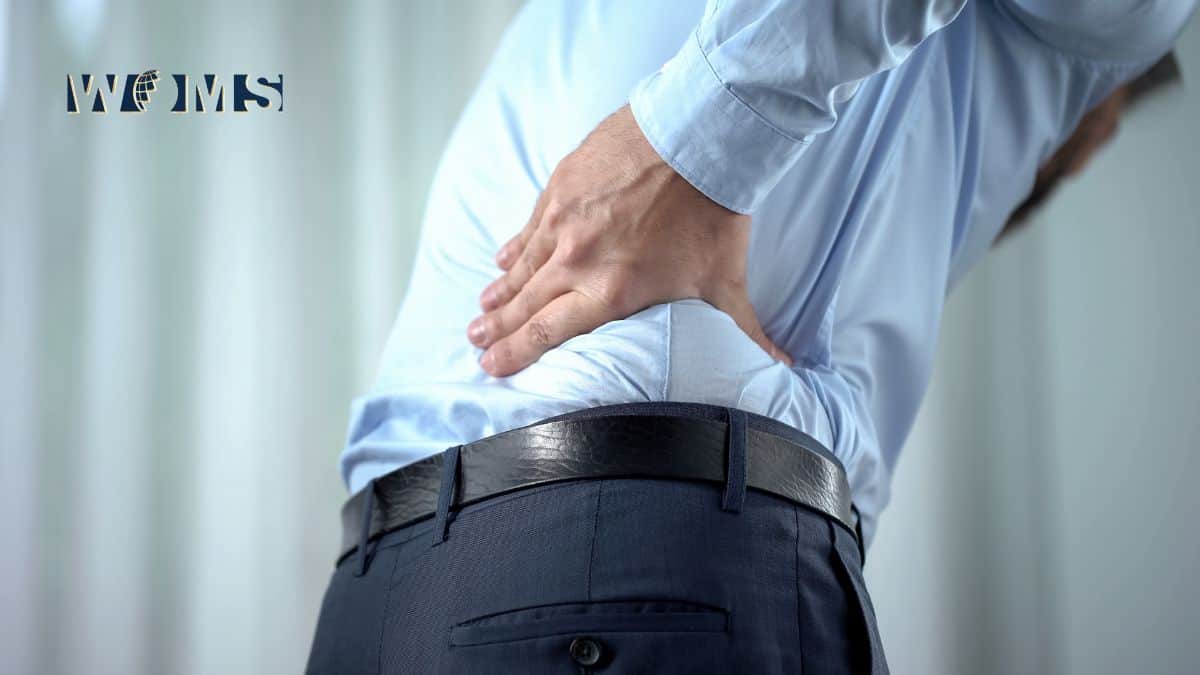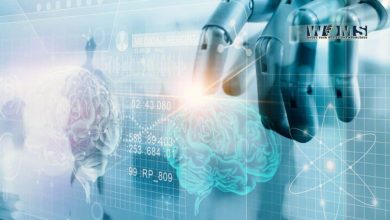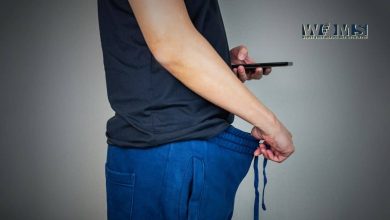What is Slipped Disc? – A Quick Guide

Many people suffer from back pain and ignore all the signs of conditions they do not know exist or understand when to seek medical treatment. One example of an issue that could lead to various back problems is a slipped disc. Many people wonder what a slipped disc is, how it occurs, what types and symptoms are, and how a patient can receive a correct diagnosis.
A slipped disc is an intervertebral disc of a person’s spine that has lost its standard shape or necessary consistency, causing intense pain. The alterations to the shape of a disc’s softer internal materials, such as the nucleus pulposus, bulge or leak out of its external fibrous covering, known as the annulus fibrosus.
Many terms are used interchangeably with slipped intervertebral discs that might be more familiar to some. These medical terms include herniated, torn, bulged, ruptured, or protruding disc. In addition, some medical professionals may use a specific term over another, so it is essential to recognize the interchangeable terms.
What is the Intervertebral Disc?
According to professionals, a person’s intervertebral discs are essentially the spine’s shock absorbers. They are part of a person’s spinal column that helps to better absorb and transfer shock loads more evenly across the body to limit the risk of damage to the less absorbent parts of the back.
When a slip of the intervertebral disc occurs, this can lead to several issues. First, this intervertebral disc slips because the entire motion segment, including the adjacent vertebrae, blood vessels, connective tissue, and nerves, may be negatively impacted.
Slipped discs are most common in the lower lumbar parts of the back. They are also commonly found in the neck, though they can form anywhere on the spinal column.
How Slipped Discs Can Occur
There are several reasons that an intervertebral disc may slip out of place. While not the only reason they can occur, the two most common causes of a slipped or herniated disc are:
Trauma
Trauma to the intervertebral disc is the most likely reason for a suddenly slipped disc without any prior history. Traumatic events leading to a slipped intervertebral disc include lifting a heavy object using incorrect posture or external and sudden forces such as whiplash.
Natural Degeneration
Natural degeneration of the intervertebral disc with age can cause the nucleus pulposus to become weakened and less hydrated. This weakened degeneration can lead to cases of degenerative disc disease.
While much rarer, it is also possible for disorders of the connective tissue of the spine or changes in the shape of the spinal vertebrae to cause a slipped disc to occur. In addition, conditions like short pedicles are possible causes of a slipped intervertebral disc, even if they are not often the root cause.
Uncontained or Contained Intervertebral Discs
Depending on the damage or injury one experiences in the spine, the slipped disc may be contained or uncontained. In addition, depending on the origin, the treatments and severity of the slipped intervertebral disc may vary.
If the nucleus pulposus leaks into the tears of the annulus fibrosus and does not exist beyond the outer layer, it is considered a contained disc. However, if the nucleus pulposus leaks outside the intervertebral disc completely, it is called an uncontained disc.
Slipped Disc Pain
A slipped disc can cause pain in many places on a person’s body. For example, it could cause local pain, such as around a person’s neck or back, or it could cause pain in distant locations, such as in a person’s arms or legs.
In some cases, a slipped intervertebral disc may not cause pain. There is a chance for a herniated intervertebral disc to be painless or even spontaneously resolve itself without treatment.
The position of their back may help them deal with whatever type of pain they are experiencing. This coping method is especially true when finding comfortable positions to sleep at night without agitating the existing back pain or creating new types of pain.
There are different types of pain that one may experience with a slipped intervertebral disc. However, this is a partial list, but it can give a good idea of what type of pain to help identify the signs and symptoms.
Chronic Localized Pain
A slipped intervertebral disc may cause chronic localized pain in a particular area. These pains can be anywhere but commonly occur in the lower back or neck. Therefore, this type of pain is also known as discogenic pain.
Motions Segment Instability
A slipped intervertebral disc caused by degeneration may also cause instability in the spinal motion segment. As a result, this can be pain accompanied by abnormally decreased or increased mobility.
Nerve Pain
Herniation of the intervertebral disc commonly occurs near the side and toward the back of the disc. Here the annulus fibrosus is considerably thinner. This location on the intervertebral disc is also close to the spinal nerve roots, which can cause pain and/or worsening of other conditions, including:
- The leaking of inflammatory substances from the nucleus pulposus causes chemical irritation within the nerve roots.
- Mechanical compression of the nerve roots could lead to nerve pain or weakness in the legs and arms. However, which symptoms manifest depend on the site of the compression.
- Cauda Equina or spinal cord compressions may occur in the most severe herniation of the intervertebral disc.
Getting a Proper Diagnosis for a Slipped Intervertebral Disc
It is essential that when symptoms start to manifest that a doctor is visited to get a proper diagnosis. The earlier a doctor accurately diagnoses a slipped intervertebral disc, the faster treatment can begin to minimize or eliminate the amount of pain, complications, or future exacerbation.
Part of the diagnosis process is likely ruling out potential other causes for similar pain. These other causes a professional may look first to include fractures, tumors, or general infections. As a result, this process may become long and grueling to identify the correct diagnosis and begin treatment modalities.
Aside from minimizing the pain experienced, one of the biggest reasons to get a diagnosis confirmed as soon as possible is to limit the progression of either the spinal cord or nerve damage. The sooner treatment starts, the less time the worst injuries of a slipped intervertebral disc have to set into the body.




